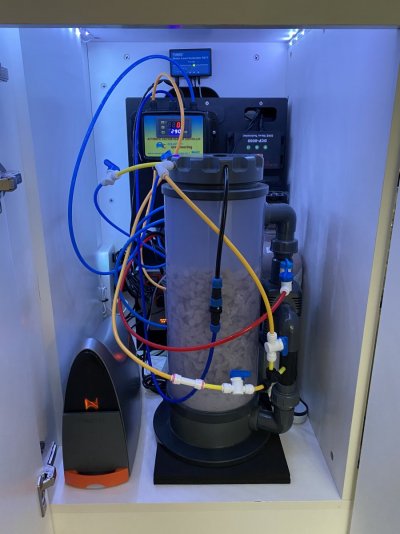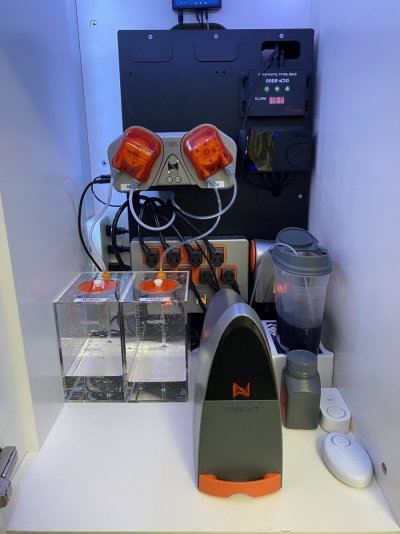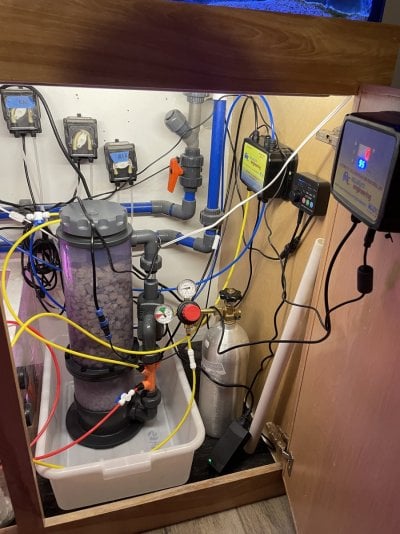I just got off the phone with Bill and it was refreshing to hear him talk through what’s happened and how they’ve fixed things as they go on. I too am one who hates chasing ph probes.
Placing my order for an 8” stacked reactor tmw.
Placing my order for an 8” stacked reactor tmw.





















